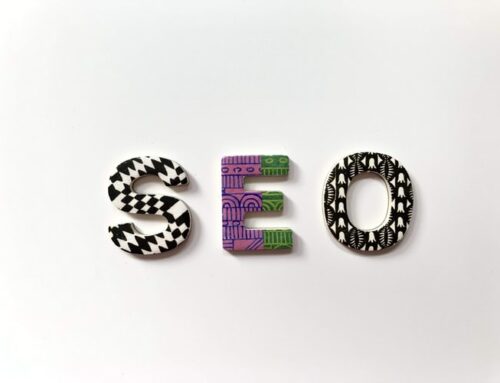 Has it been awhile since you’ve updated your company’s website? If you’re ready to rush right out and redesign it, you might want to slow your roll and review these 5 tips to help you get the most from your refresh, and stay on the right side of Google. Sometimes the best of intentions can result in a sudden drop in Google traffic. A little bit of planning and some reaching out for help from digital marketing agencies before you pull the trigger on a new site can keep customers happily visiting you online while the change takes place.
Has it been awhile since you’ve updated your company’s website? If you’re ready to rush right out and redesign it, you might want to slow your roll and review these 5 tips to help you get the most from your refresh, and stay on the right side of Google. Sometimes the best of intentions can result in a sudden drop in Google traffic. A little bit of planning and some reaching out for help from digital marketing agencies before you pull the trigger on a new site can keep customers happily visiting you online while the change takes place.
Keep these tips in mind when redesigning your site:
1) Don’t be in a hurry. Google has a long memory. Be sure that your designer has your new site set up in a development environment and that it is password protected from Google. Google can index development pages and it is annoying to wait for those to drop from the index; although you can request that they be removed using the URL removal tool. Why go through all that bother when the developer can just take steps to keep Google out until the new site is ready?
2) When redesigning your site, perhaps a template refresh is all you need. Check your Google Analytics or other analytics program and also do some A/B testing, or testing with users in a lab environment, such as with Usertesting.com. It could be that your users like and are used to your current site. Think carefully; a refresh could confuse loyal visitors. If your site visitors have trouble finding products on your new site (even if the design is better than it used to be) they could go elsewhere. Be sure that your reasons for updating your site are legitimate user experience reasons. You may wish to get some feedback from digital marketing agencies to help you decide on what to do, if you aren’t already employing an agency.
3) Sometimes after a site redesign internal linking may need some updating. It’s important to look at the logical inter-linking of pages on your site; not just within the navigation elements but also within the body copy as well. Find logical opportunities to improve internal linking and you will not only please your users, but Google, too.
4) If it isn’t simply a quick template change like on a WordPress site, there can be issues with adding alt tags to dozens or hundreds of new images. Take inventory of the new site and any new images you may have added and ensure they are tagged properly for SEO and also for visually impaired people who may use site readers and get the tag information read to them to discern the meaning of the content on the page.
5) There can be problems with redirects if your digital marketing firm has not installed those properly. Google takes weeks and sometimes months to understand a new website. It may index your new site quickly but can still take time to drop out old, irrelevant pages from its index. If there are no redirects for specific pages then you can request Google to remove those URLs; again this may take some time.
Digital marketing agencies and web designers can be very helpful to you with all the facets of a redesign; let them guide you, but also be prepared to be involved in this process. Here we’ve discussed a few of the points to keep in mind when performing a site redesign. There likely will be many others that pertain to your specific situation. Best practice dictates that you have your designer and your digital agency work together to ensure that your new site is pleasing to human users and search engines.






 CERTIFIED EXPERT
CERTIFIED EXPERT